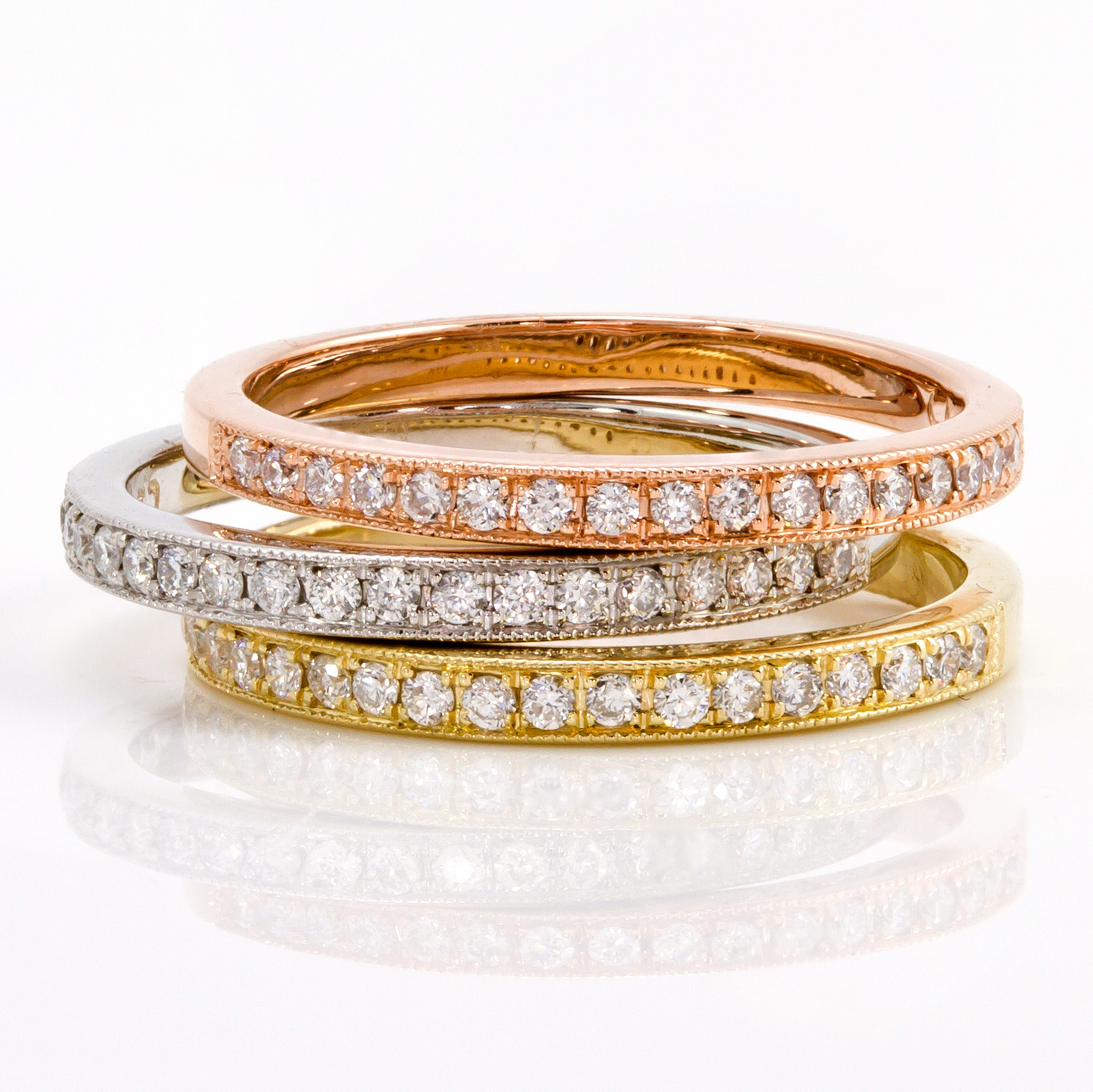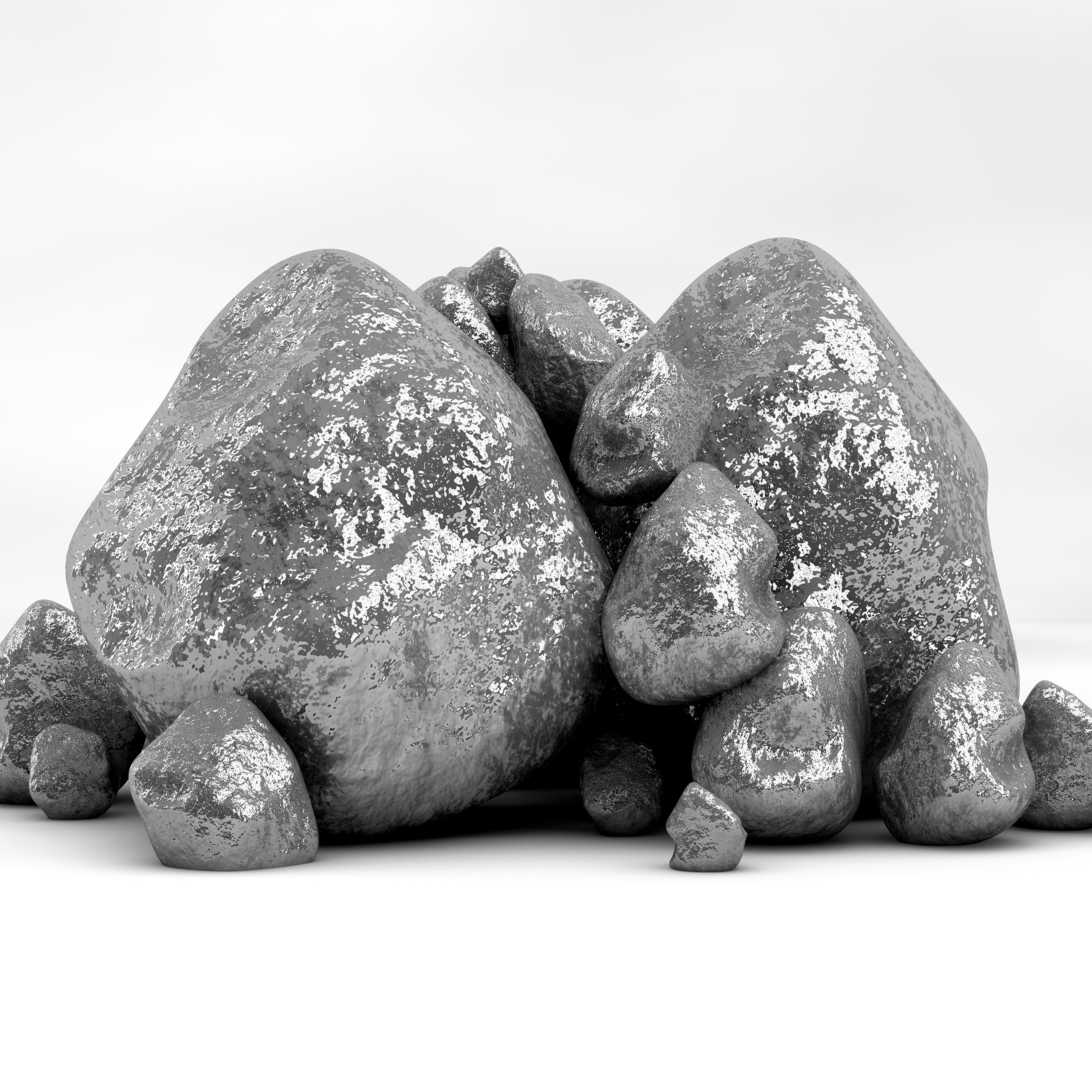Transforming metal into treasured jewelry is a dying art that endures with jewelry designer Philippe Medawar. The gifted artisan’s preferred metals are platinum and gold.
Gold
How were ancient people initially attracted to gold? Perhaps there was some gold jutting out of a rock next to a waterfall where running water polished the metal bright and shiny? Or maybe a small nugget captured the attention of a curious child while playing in a riverbed where the water  current tumbled gold with other pebbles exposing a smooth vivid yellow rock? Whatever the reason, gold has captured the fancy of people for millennia. Gold has imbued some people with power, wealth and misery. It has been used as currency and to create beautiful objects of art, including Philippe Medawar jewelry.
current tumbled gold with other pebbles exposing a smooth vivid yellow rock? Whatever the reason, gold has captured the fancy of people for millennia. Gold has imbued some people with power, wealth and misery. It has been used as currency and to create beautiful objects of art, including Philippe Medawar jewelry.
Gold is a noble metal that in its pure form is a bright yellow color and is termed “24 karat.” Jewelry items rendered in 18 karat gold are stamped “18k” in the U.S. or “750” in Europe because 18k is 75% gold with the remaining metal content consisting of various alloy metals. In the U.S., most jewelry is 14 karat (585 in Europe) which is 58.5% gold. 10 karat is the lowest karat allowed by law in the U.S.
Gold has many wonderful properties but in the context of jewelry longevity, its softness can be a drawback unless it’s alloyed to make it more durable. In its pure state, gold is soft and malleable. To make gold more durable, affordable and often easier to form into wearable works of art, Philippe Medawar mixes pure gold with various combinations and percentages of metal alloys. When crafting a piece of jewelry into white gold, alloys such as palladium, copper and silver may be mixed with pure gold. Copper alloy is combined with yellow gold to create delicate rose gold or a more intense red gold. To increase the saturation of the yellow color in yellow gold, the alloy metals silver and copper are used. Green gold is achieved with the alloy silver and sometimes zinc or cadmium. Iron is an alloy metal when mixed with yellow gold makes a beautiful blue.
For information regarding the cleaning and care of your gold jewelry, click here.
Platinum
Some experts say that platinum was used as early as 1200 B.C. in ancient Egypt and by pre-Columbian Indians in the Americas but was “rediscovered” in 1735 in South America by Antonio de Ulloa. The origin of the word platinum has roots in the Spanish word “plata” or silver.  The bright white color of platinum is similar to the color of silver and is prized by jewelry designers to highlight the dispersion and scintillation of colorless diamonds.
The bright white color of platinum is similar to the color of silver and is prized by jewelry designers to highlight the dispersion and scintillation of colorless diamonds.
Platinum is a strong (resistant to wear and tear) but soft (not resistant to scratching) and extremely durable metal that is one of the rarest noble metals. Because platinum is rarer than gold, it is more expensive. Platinum jewelry may be stamped “Platinum, PLAT, Pt, Plat 950, Pt950” depending on its origin. Because of its unique durability, platinum is especially treasured for wedding rings and prongs securing important gemstones. Jewelry platinum is also tarnish resistant. For those suffering from allergies or sensitive skin, platinum is the perfect solution because it is hypoallergenic. Philippe Medawar suggests new ear-piercings wear platinum to help avoid desensitization to alloy metals, such as nickel, that may be present in other jewelry.
Philippe Medawar advises clients to consider various criteria before proceeding with a jewelry design commission. Those with active lifestyles may want to choose platinum because it is more durable than gold. Please be aware that platinum is also soft and scratches quite readily. Also, certain gemstones are viewed to their best advantage when set in particular colors of metal. For example, a colorless diamond is best displayed when set in bright white platinum.
To learn more about cleaning and caring for your platinum jewelry, click here.
Those wishing to commission a gold or platinum jewelry design are encouraged to make an appointment, though walk-ins are always welcome at Philippe Medawar’s sparkling showroom on 28th Street in Grand Rapids, Michigan.
